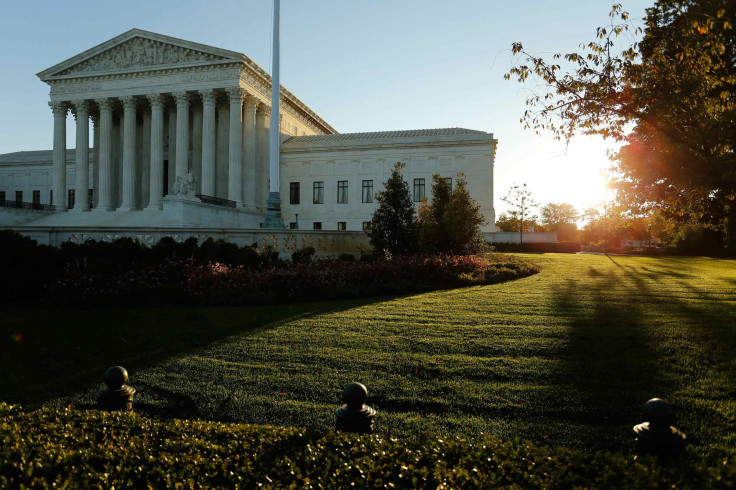In 401(k) Fee Case, Supreme Court Tackles Future Of Retirement Savings

How long are companies on the hook for the investment choices they provide in employees' retirement savings plans? That’s the question the U.S. Supreme Court will consider this term, the first time the justices have taken up a case over allegedly excessive 401(k) fees.
The outcome of Glenn Tibble v. Edison International has broader implications for the future of the 401(k), one of the most popular retirement savings schemes in the U.S. It could give employees more leeway to sue over how their 401(k) plans are managed. The court's decision also has potential to influence how much employees pay to participate in 401(k) plans and, therefore, how much they are able to sock away for the future.
“The real issue is whether the employer has an ongoing duty to monitor the investment options it offers in a 401(k) plan,” University of Mississippi law professor Mercer Bullard, who founded the mutual fund shareholder advocacy group Fund Democracy, said.
A decision in favor of the employees “may force employers to be more active in ensuring that the investment options offered to employees in their 401(k) plans are good ones,” Bullard said.
Nationwide, 401(k) plans encompass nearly 73 million total participants and $3.1 trillion in assets, according to Department of Labor data. Wrangling over fees and disclosures has grown increasingly contentious in recent years, with more than a dozen companies since 2006 slapped with lawsuits over the management of their plans, according to Bloomberg. The Department of Labor adopted fee-disclosure rules in 2012 and proposed another set of regulations on the subject earlier this year.
In the Edison International case, the public utility initially brought suit in California in 2007, claiming a breach of fiduciary duty because their employer’s 401(k) plan offered participants more-expensive mutual funds instead of identical, lower-cost options. In 2010, the U.S. District Court for the Central District of California sided with the employees but granted them only $307,732 in damages for excessive fees in three of the funds, according to Investment News. Last year the 9th U.S. Circuit Court of Appeals upheld the district court's decision.
Now, the Supreme Court will essentially decide whether an employer can be sued only for funds added within a finite window, or regardless of when funds were added.
The six mutual funds in question were first added to the company's 401(k) menu in 1999. That date is pivotal in the litigation. Edison argues that based on when the funds were selected, a six-year statute of limitations, contained in the Employee Retirement Income Security Act (Erisa), barred the plaintiff’s 2007 claims.
The employees maintain that even though the funds were selected more than six years before they filed suit, Edison had an ongoing duty to review the investments in the retirement plan.
The Obama administration agrees with the employees on that point. Asked by the Supreme Court to weigh in on the employees' petition, U.S. Solicitor General Donald Verrilli wrote in an amicus brief that “ERISA imposes a continuing duty of prudence on plan fiduciaries,” and that Edison “breached that duty … by continuing to offer higher-cost investment options when identical lower-cost options were available.”
“It’s a very big difference,” attorney Andrew Oringer, who co-chairs the Erisa and executive compensation group at the law firm Dechert, said. “It’s the difference between saying the case is over once the fund has been in the plan more than six years … or, I always have six years of potential liability against you.”
The specter of increased exposure to lawsuits could lead to cheaper plans, Bullard said. An “investor victory” would put “more pressure on employers to choose lower-cost 401(k) options. And they would do it to avoid liability.”
© Copyright IBTimes 2024. All rights reserved.





















